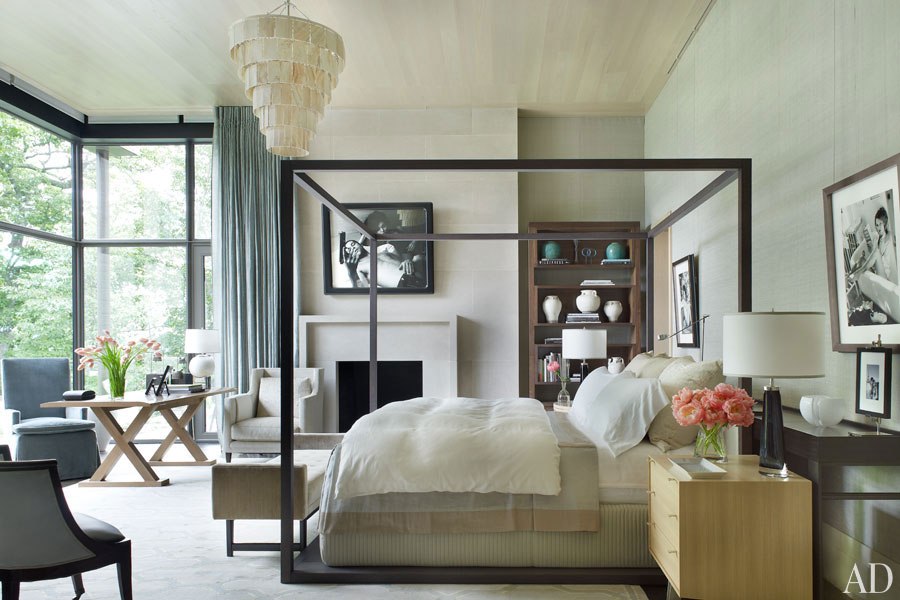
I simply adore canopy beds. I longed for one as a child, pressured my mother into buying me one as a teenager, and owned one as an adult. What is it about this furniture style that draws adoration from the young and old alike—not only now but over its several-hundred-year history? I decided to play design sleuth and learn all about the highly-coveted canopy bed.
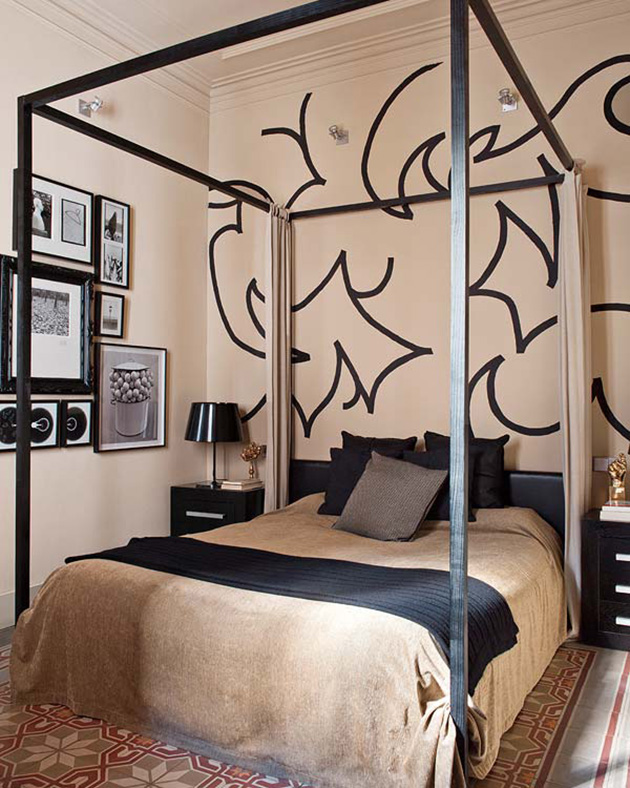
What is a Canopy Bed?
Let’s begin with the basics. Like a four-poster bed, a canopy bed typically has posts at each of the bed’s four corners, which extend roughly 4-5 feet above the mattress height and connect with cross posts. Some beds use decorative fabric across the top and/or draped along the sides while others leave posts bare. Contemporary varieties tend to be minimal and angular, like the examples shown.
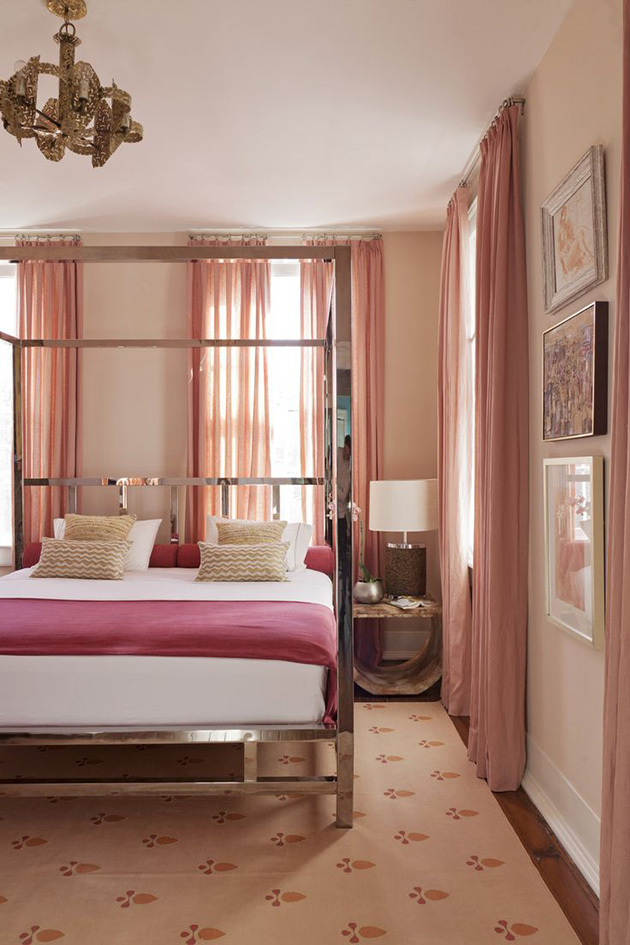
Where Did the Canopy Bed Originate?
Surprisingly, I found conflicting ideas about the early days of the canopy bed. Even its place and period of origin seem to be up for debate, ranging from 14th-century China to 16th-century France. One theory suggests that the canopy bed was merely a means to designate the sleeping area of noblemen from their servants, who slept nearby on the floor. Over time, servants came to sleep in their own chambers, but the canopy bed endured.
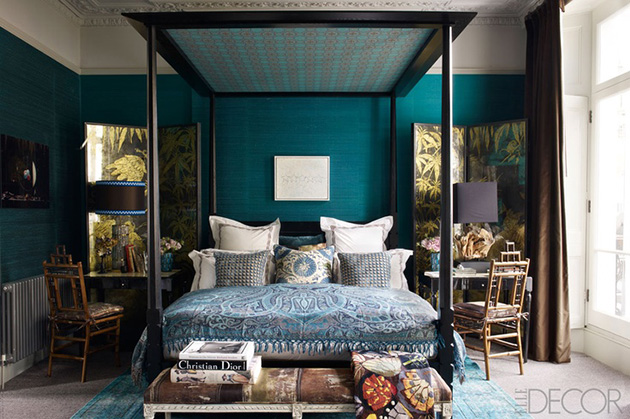
Another theory claims that the canopy bed was developed to combat the perils of less-than-impervious rooftops. Straw-thatched roofs, which attracted animals and creepy crawlies, often gave way, requiring an additional layer of protection for those sleeping below. By draping a sheet across tall polls at a bed’s corners, one could sleep comfortably through the night, and, thus, the canopy was born.
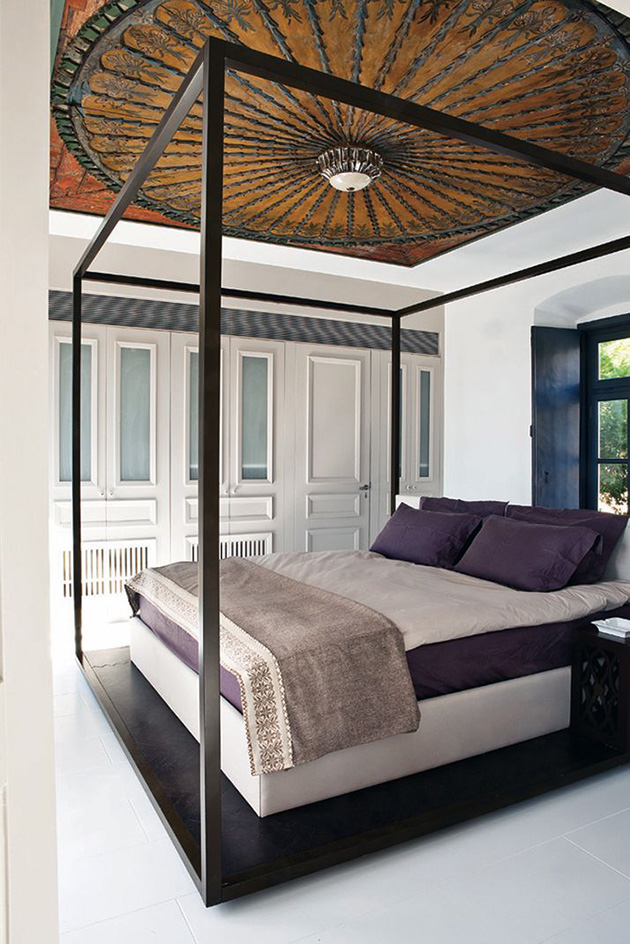
From Medieval Days to Modern Times
Whatever the origin, the canopy bed’s value shifted from being purely utilitarian to that of aesthetics and style. Details became more ornate as a symbol of wealth and luxury, but eventually reversed to yield the minimal, present-day version. Streamlined, sophisticated, and versatile, the contemporary canopy bed earns high marks among the design-savvy.

Featured Image: Architectural Digest


